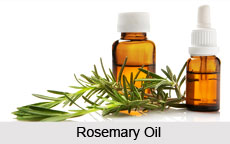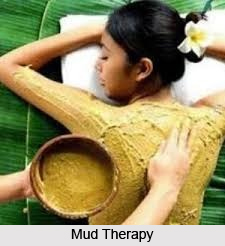 A shrubby herb, Rosemary was considered to be scared plant endowed with magic properties in ancient Rome and Greece. Nowadays it is found in the USSR and many Mediterranean countries, including North Africa and Turkey. Rosemary oil has almost as many uses as lavender. Added to shampoo and cream rinses, rosemary oil stimulates circulation for the hair and scalp. It can prevent hair loss, reduce oil build-up, and in combination with sage is reported to stop / prevent gray hair from spreading. It is recommended in treatment of cellulite, along with orange and other oils. It is useful for headaches, tension relief, clarity, arthritis, respiratory and sinus problems.
A shrubby herb, Rosemary was considered to be scared plant endowed with magic properties in ancient Rome and Greece. Nowadays it is found in the USSR and many Mediterranean countries, including North Africa and Turkey. Rosemary oil has almost as many uses as lavender. Added to shampoo and cream rinses, rosemary oil stimulates circulation for the hair and scalp. It can prevent hair loss, reduce oil build-up, and in combination with sage is reported to stop / prevent gray hair from spreading. It is recommended in treatment of cellulite, along with orange and other oils. It is useful for headaches, tension relief, clarity, arthritis, respiratory and sinus problems.
The therapeutic properties of Rosemary oil are analgesic, antidepressant, astringent, carminative, cephalic, cordial, digestive, diuretic, hepatic, hypertensive, nervine, rubefacient, stimulant, sudorific and tonic. Rosemary are standard inhalations for respiratory and sinus problems, and could also be used in nose drops, gargles and for liver -gall bladder problems (including stones). One can use two to four drops diluted, two to four times a day. Rosemary Oil mixes well with the following oils: Lavender, Citronella, Thyme, Pine, Cedarwood, Petitgrain, Musk, Eucalyptus, Frankincense and Cinnamon. However, one should not use it during pregnancy or with epilepsy, since it is highly stimulating oil.
Uses of Rosemary Oil
•General tonic
•Cardiac stimulant
•Combats rheumatism and arthritis
•Combats fluid retention and is excellent for slimmers
•Useful in treatment of problems of the liver and the gallbladder
•Helpful in treating intestinal upsets
•Good for sprains and swollen ad swollen ankles
•Improves blood circulation
•Good for some skin conditions, such as burns and insect bites
•Induces and regulates periods
•Has antiseptic action on respiratory tract.




















